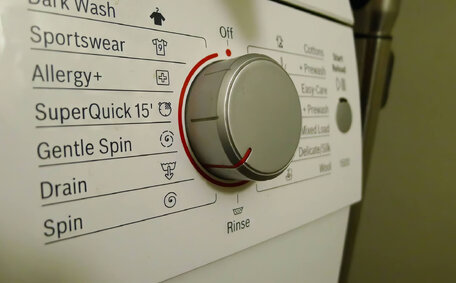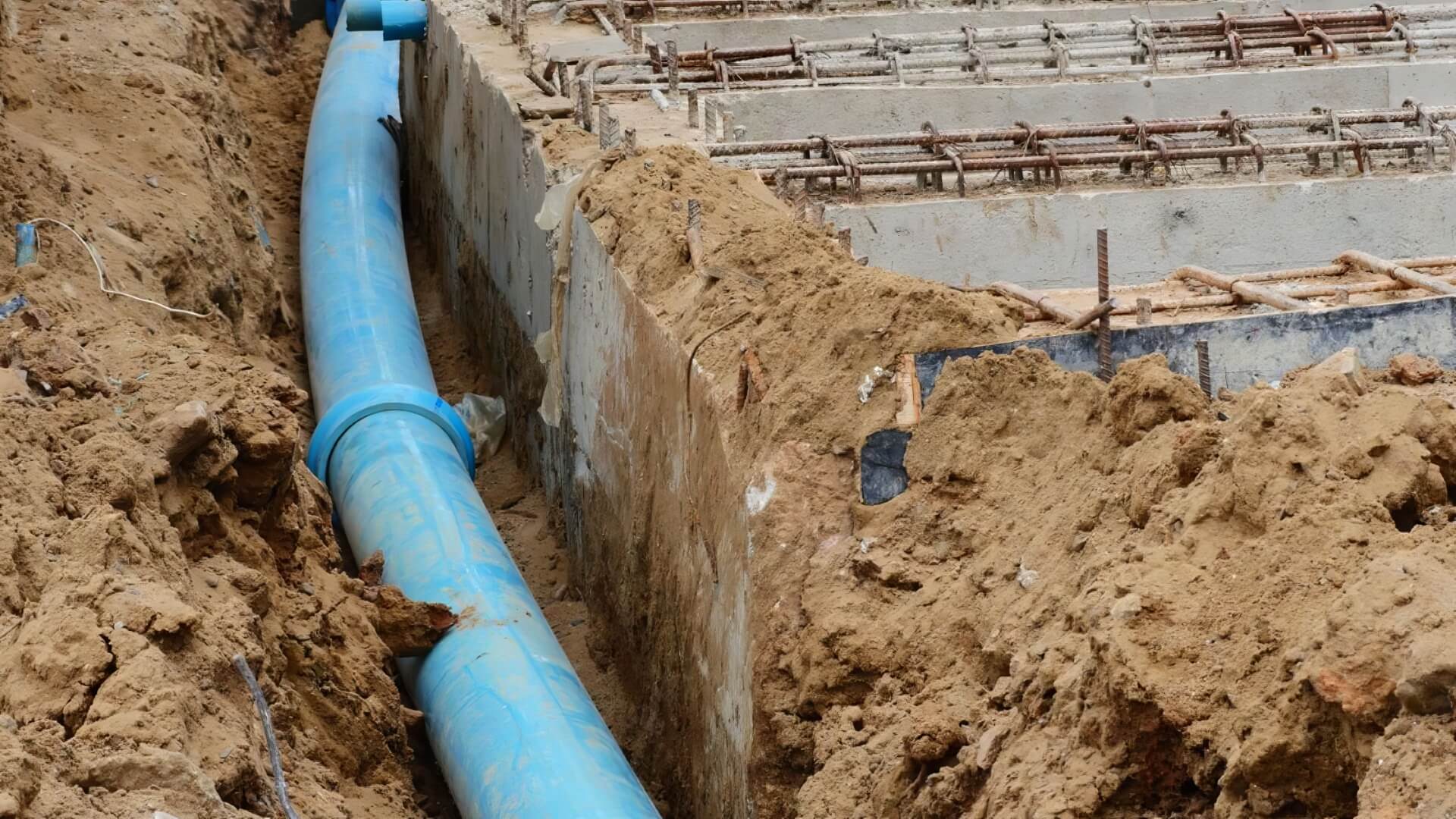Installing or maintaining gas appliances in Australian homes requires specific permits and licences.
With gas being a potentially hazardous material, regulations exist in all states and territories to ensure this work is performed safely and correctly. Understanding the requirements around gas fitting permits and using properly qualified technicians will give homeowners confidence that their gas systems meet all necessary standards.
This article provides an overview of the permitting rules for gas fitting work across Australia. We’ll look at the different licence classes, logbook and compliance requirements, and processes for recognition of interstate or international qualifications.
Whether you’re installing a new gas cooktop or getting your heater serviced, it’s important to know who is approved to take on this specialised role in your home.
Licensing Requirements for Gas Fitters in Australia
p>p>p>p>p>p>p>p>p>p>p>
State and Territory Gas Fitter Licensing Systems
p>p>p>p>p>p>p>p>p>p>p>p>p>p>p>
Types of Gasfitting Licences Issued
p>p>p>p>p>p>p>p>p>p>p>p>
Permits Required for Gas Fitting Work
Completing any gas fitting work in Australia requires the proper permits and licences. The requirements vary between states and territories but fundamentally aim to uphold safety standards.
In general, a specific gas fitting permit will be required to install, maintain, repair or alter gas systems and appliances. The permitted activities depend on the licence class but can cover residential and commercial sites.
In NSW a gas fitting work authorisation is needed for any operations on gas installations. In Victoria, a class I permit allows gasfitting on domestic and small commercial systems. Higher risk work, like on industrial equipment, needs more advanced licences.
Proper training and sometimes practical experience are required before these permits are issued. Application processes check credentials, qualifications and identify the appropriate licence class.
Once issued, gas fitting permits must be renewed periodically, often annually. Registered technicians will carry an ID card as proof of their current accreditation.
Gasfitting permits aim to protect public safety. Homeowners should always check licences and utilise qualified professionals for gas jobs.
Defining Gas Fitting Work
p>p>p>p>p>p>p>p>p>p>p>p>p>p>p>
Applying for a Gas Fitting Permit
Installing or maintaining gas systems in Australia requires obtaining the proper gasfitting permits. The application process varies slightly between states but generally involves:
- Completing an accredited gasfitting training course for the licence class needed. This covers technical skills and safety procedures.
- Gaining any mandatory practical experience required before applying, eg 1 year in NSW.
- Submitting an application form with identity checks and proof of qualifications.
- Passing any required assessments or examinations for the licence class.
- Meeting ‘fit and proper person’ standards regarding criminal history.
- Paying the application and licence fees, often over $100 initially.
- Receiving the plastic card style gasfitting permit to carry when working.
Permits must be renewed periodically by completing industry development training and paying a fee. Different classes allow work on domestic, commercial or specialised gas systems. Check state regulators for specific requirements.
Using licenced professionals for all gasfitting is crucial for safe gas systems. Planning ahead and allowing time for permit approvals is key.
Training and Logbook Requirements
Completing professionally accredited training is a prerequisite for obtaining a gasfitting permit in Australia. All states and territories require gasfitters to undergo training to ensure they have the necessary skills and knowledge.
This training covers areas like compliance, safety procedures, technical gasfitting skills and more. Courses must be completed through a registered training organisation and meet set competency standards.
In most jurisdictions, a logbook is also required during and after this training. Logbooks record all gasfitting work undertaken under supervision of a licenced professional.
In NSW at least 1 year of logged practical experience is required before applying for a gasfitting licence. Victorian trainee logbooks must have at least 180 logged jobs.
Logbooks record details like the type of work, appliances worked on, the supervision provided and more. They demonstrate competency in different gasfitting tasks.
The requirements aim to produce qualified professionals who can safely and legally carry out gasfitting work once licenced. Check state regulators for specific logbook and training needs.
Compliance Requirements
p>p>p>p>p>p>p>p>p>p>p>p>p>p>p>p>p>p>p>p>p>p>p>p>
Certificates of Compliance and Inspection
p>p>p>p>p>p>p>p>p>p>p>p>p>p>p>p>p>p>p>p>p>p>p>
Consequences of Non-Compliance
Conclusion
Gas systems provide vital energy to Australian homes and businesses. With gas being potentially hazardous, proper training and licencing for gas fitting is crucial.
All states and territories have permit systems to uphold safety and compliance standards for this specialised work. Understanding the different classes, requirements and application processes empowers homeowners to make informed choices.
Seeking qualified and licenced gas fitters for any installation, maintenance or repair work is strongly advised. Technicians should be able to produce their gasfitting permit and licence as proof of accreditation.
With the proper permits and training, gasfitters can safely handle gas systems and appliances. Homeowners can have confidence that work meets the technical and safety regulations that exist for the protection of lives and property.
Staying informed on local requirements allows homeowners to be active and responsible participants in the process. Partnering with experienced licenced professionals is the smart approach for gasfitting results that are legal, safe and effective.






